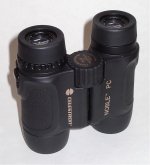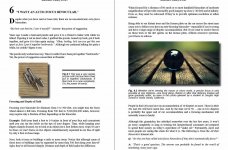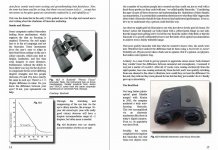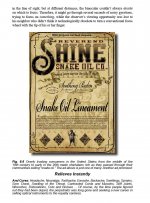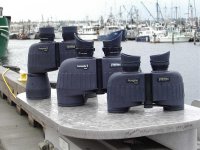Coatings change optics a lot, especially apparently phase coatings for roof binoculars. And it seems that even prisms for porros used to come in several grades, with military glasses getting better ones. Am I right that one can get quite a range of product value without changing the physical conformation of the optics?
Edmund
Hi, Edmund:
Yes, but not necessarily for the reasons you state. Coatings can change ... coatings, but not the optics. Some of the prisms used today, are no different from those used decades ago. Of course, the bubbles are gone as well a serious striations. Yes, poorer prisms are saved for lower quality instruments. Other than that, I know of no other breakdown. Also, today, it is harder to make a bad prism than a good one ... at least in a quality-oriented company.
Only the ad campaign and the inexperience or naivete of the observer make them better (I covered the power of suggestion in post #49). And relating to coatings, it is only when there is a MAJOR upgrade that the average observer will notice a difference ... regardless of opinions. In my long lifetime, there have only been TWO—Multicoatings (and the method of adhesion) over simple mag fluoride and phase coatings in roof prisms.
There is a tendency for the consumer to think military instruments get the best of everything. That is just not so. Some items created for aerospace and a VERY few special programs have special LIMITED RUNS of product. The average soldier, sailor, or airman is currently using off the shelf products from Asia.
“Am I right that one can get quite a range of product value without changing the physical conformation of the optics?”
Yes, but most consumers will never know. Too many people see a binocular as aperture, magnification, and possibly coatings, and they credit every bit of image brightness on those coatings. In the REAL world, there is a bit more to consider leading to real or imagined image brightness:
1. Smoothness of optical surfaces
2. Precision in design (caring or understanding)
3. Best choice in selecting glass types, curvatures, and spacings (and it would not be cost effective to do this for ONE product.)
4. Precision in manufacturing
5. Precision in testing
6. Primary and secondary baffling
7. Edge blackening (a lost concern)
8. Slotted prisms (in Porros)
9. Size and position of the field stop
10. Knife edge on that stop
11. Number of elements in the eyepiece
12. Type of eyepiece
13. More
14. Personal physiology and PERCEPTION
In most cases, #14 will supersede the SUM of the previous 13.
Just a thought, :cat:
Bill




